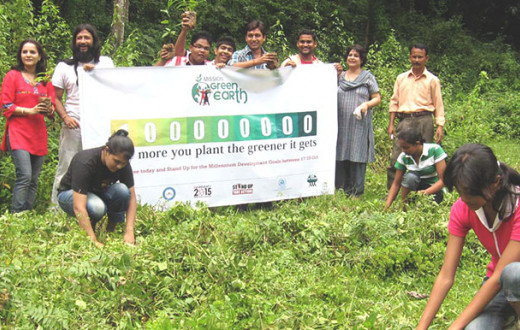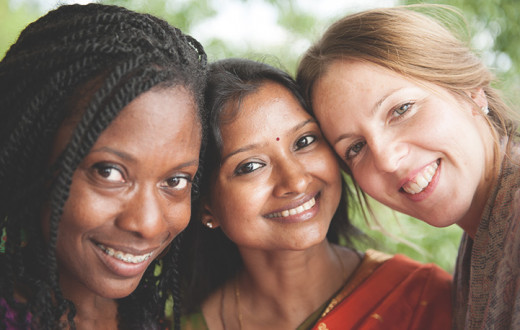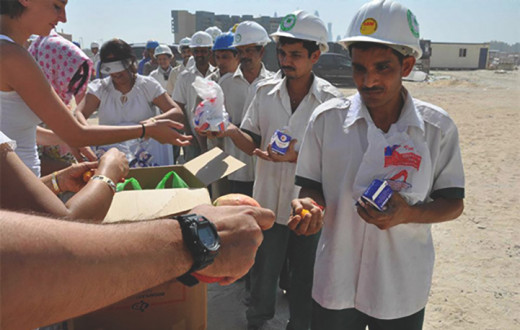For most, August 18, 2008 is another date on the calendar.
“When we reached there on August 19, we didn’t know what to do because most of the villagers were still stuck inside. We took a truck full of supplies but there was no one there to receive it. By the second day, the army had reached and we worked with the Indian Army (to conduct rescue operations).”
But for many in Bihar, it is the day that is etched in time. The day 3.5 million people lost their home, family and land when a deathly flood hit the area.
“When we reached there on August 19, we didn’t know what to do because most of the villagers were still stuck inside. We took a truck full of supplies but there was no one there to receive it. By the second day, the army had reached and had started its rescue work,” begins Nitin, one of the 10 Art of Living volunteers to conduct rescue operations in the area. “We worked with the Indian Army and each day, we rescued 75-100 people. Not many people were getting rescued because only four or five boats would go in and we’d carry relief material (food and other supplies including torch lights) with us for those who didn’t want to leave,” explains Nitin.
Rescued and rehoused, they recuperated
Each day, they would cover a distance of 40 kilometres by boat (one way) and had to stop rescue by one in the afternoon because the boats did not have any searchlights on them. There was a possibility that the rescuers could get stuck there too if they did not come out before sun down.
Though the work was intense and volunteers sometimes worked for 20 hours a day, the biggest strength of the camp was the medical work they did. They treated 500-800 people every day!
Soon, those who were rescued needed a place to stay. Nitin and his team of Art of Living volunteers set up a relief camp, which first grew to 10,000 people and then, 18,000. Explains Nitin, “We allotted shacks to each family and we had it all in writing. Accordingly, we’d also give them food and other supplies because it was very chaotic out there. Everything was in a mess. That’s why we’d created a boundary to protect the supplies and made sure that they were distributed equally.”
Though the work was intense and volunteers sometimes worked for 20 hours a day, the biggest strength of the camp was the medical work they did. Shares Nitin, “Each day we treated 500-800 people. In our camp, 22 children were born in 45 days. And we did these deliveries without a nurse. It was just a doctor, one more person, and I. Apart from that, we kept our camp clean and built temporary toilets outside the camp. Most people had stomach problems because of bad water, so we brought a water-purifying machine. People couldn’t sleep because of trauma and pranayama and satsang helped them with that.”
Bringing strength and relief with trauma relief workshops
After 45 days, they focused on trauma relief workshops, explains Ganesh, another Art of Living volunteer who spent nine months in that area, “I saw so much destruction and didn’t know what to do. We started with sadhana (meditation) and satsang and that really lifted the mood of the place. We organized Youth Leadership Training Programs and took Breath-Water-Sound workshops (Navchetna Shivirs) in villages for 110,000 villagers.”
On September 25, Gurudev Sri Sri Ravi Shankar visited the flood-affected areas of Purnia and Madhepur in Bihar to check-up on the survivors and the relief operations conducted by The Art of Living. Gurudev walked in knee-deep waters for three kilometres in order to interact with the victims.
Later, addressing a large gathering of 10,000 people from nearly 50 surrounding villages, he said, “Under these trying circumstances, make the best use of your stay in the camps. As it’s going to take some more time for the waters to recede and the rehabilitation process to materialize, utilize the time here to learn new skills.”
After spending 45 days in the relief camp, when these same villagers left the camp to go back to their villages, they went with determination and hope for setting up a better future.







